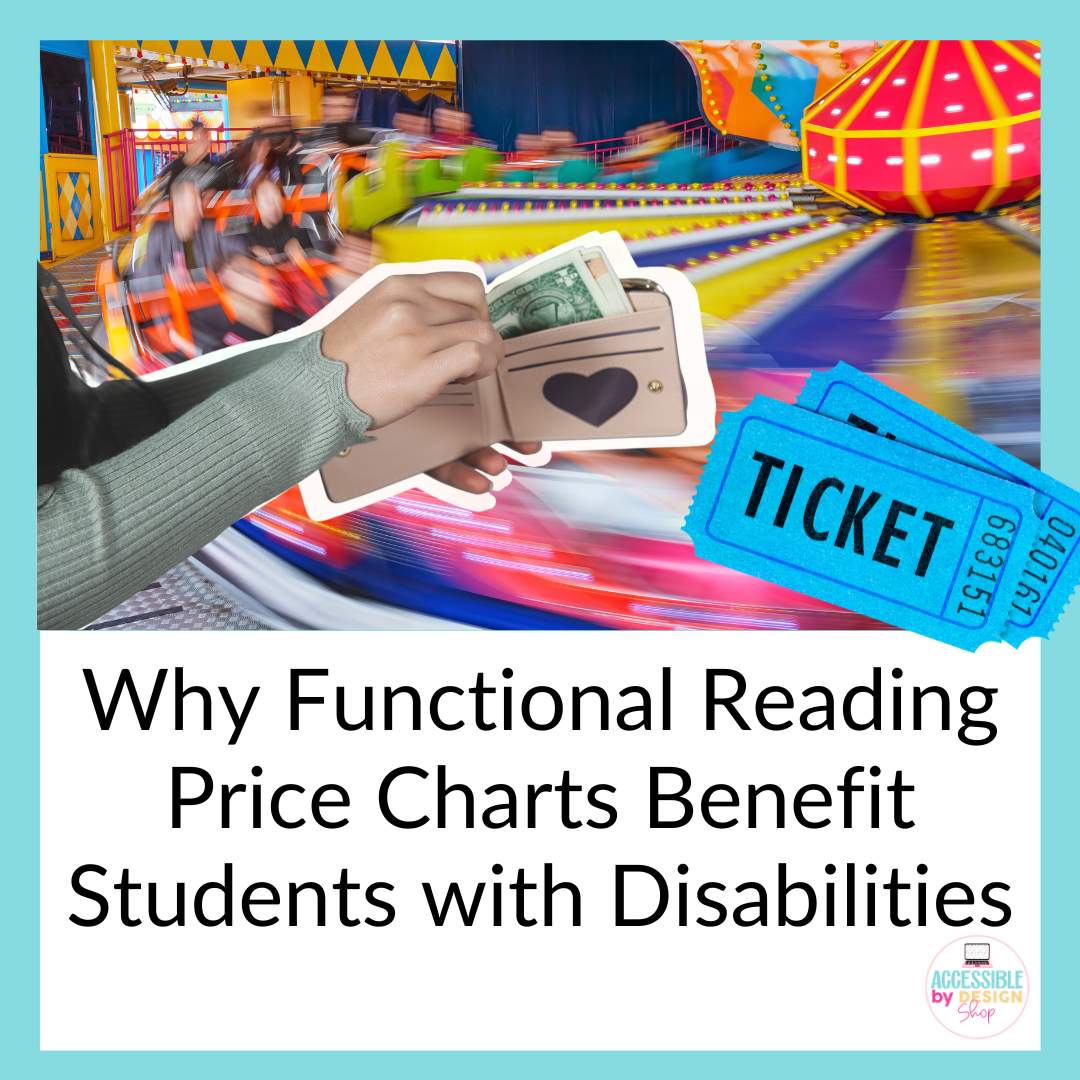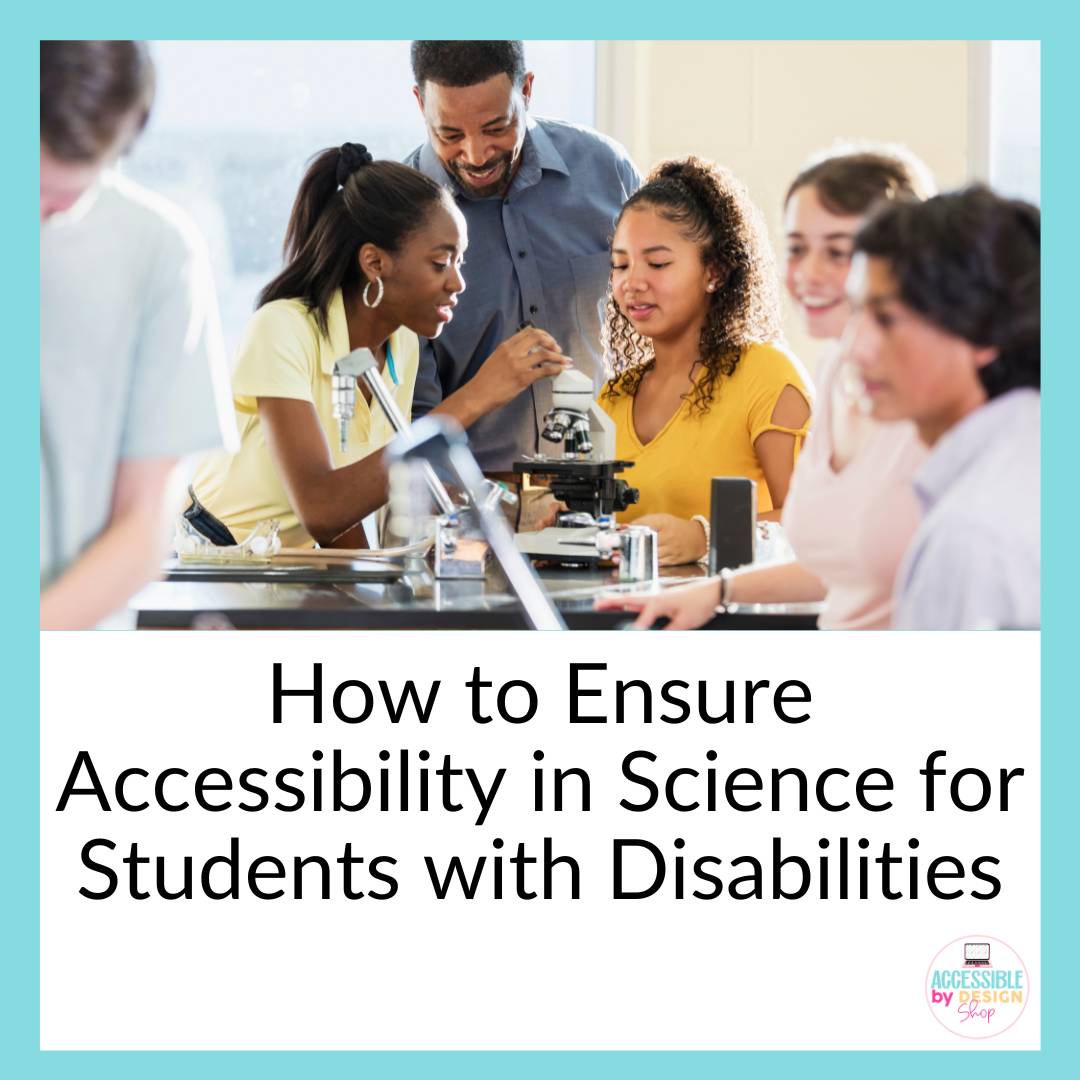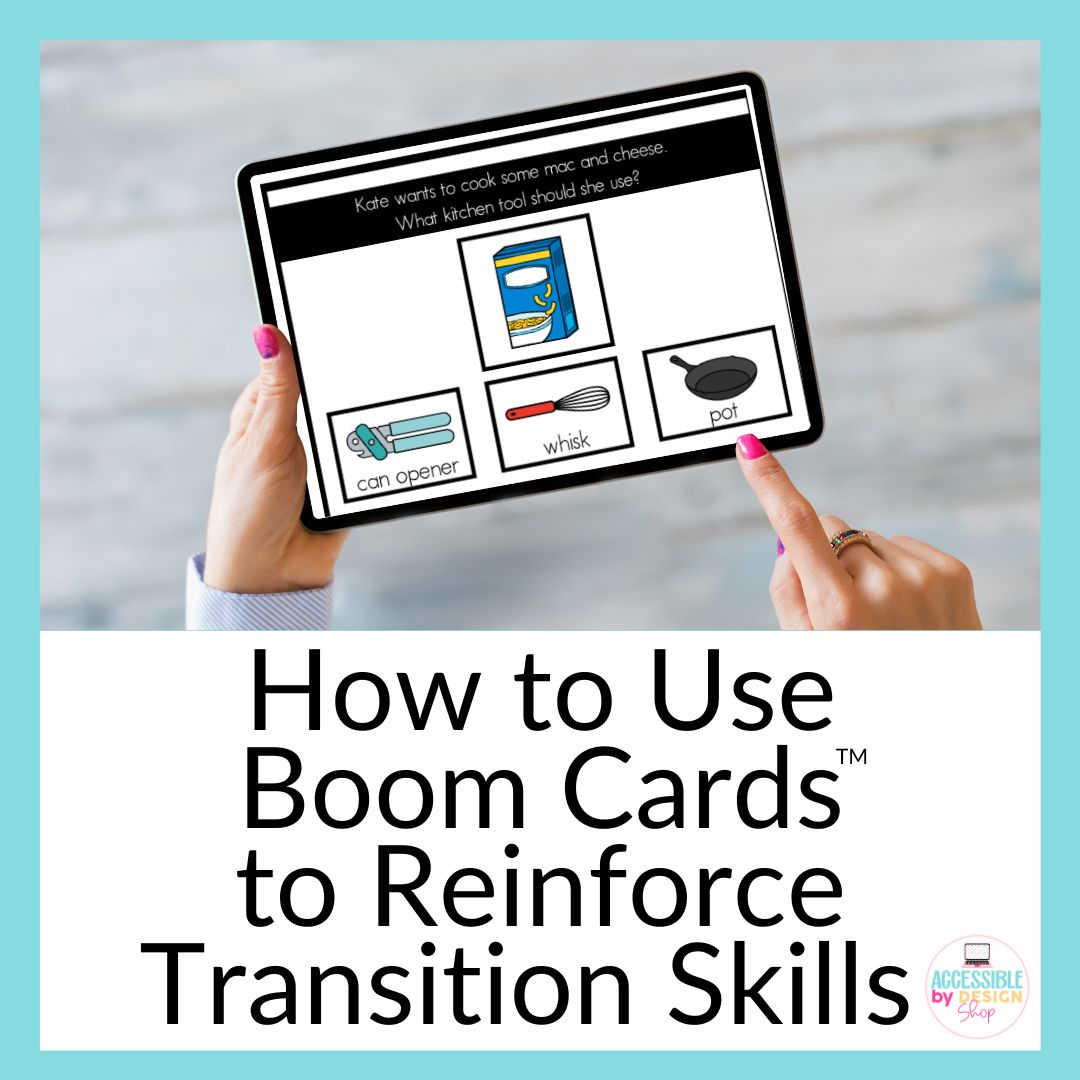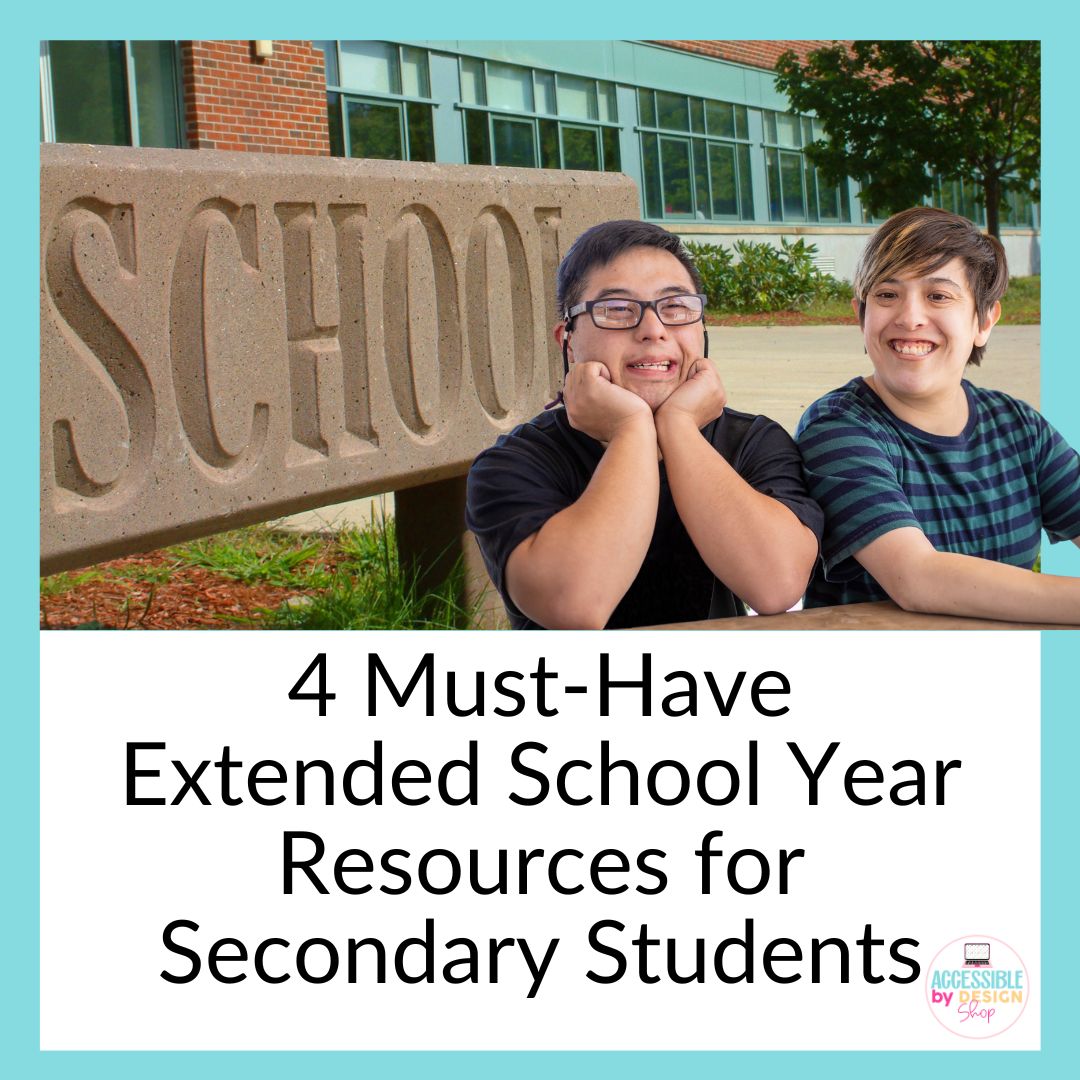Student-Centered Transition Planning for Secondary
The role of the Secondary Special Education Teacher is one that I love but I also know that it can be overwhelming, especially in the beginning. With that in mind, I want to share some details about what secondary transition planning is, why it’s important, and a bit about the process for effective student-centered transition planning!
Keep reading to take away some of the overwhelm and make the most of the secondary transition process for you and your students.
What is Secondary Transition Planning?
Secondary Transition Planning is a collaborative process between a student with disabilities, their family, school staff, as well as community and care partners to create a thoughtful plan for a student’s life after high school.
This process creates an individualized vision and plan to address a student’s preferences, interests, needs, strengths, and skills for adult life. The main goal is to prepare students with disabilities to live, learn, and work in their community after they leave high school.

This plan, which begins when a student turns 14, evolves through a student’s high school years. Ultimately, as the student approaches the end of high school there should be a plan that includes education, employment, and independent living options and decisions.
These three categories encompass more than just what their titles suggest. For example, employment doesn’t always mean paid employment, it can be training or volunteer work. Additionally, successful student-centered transition planning takes into account students’ relationships, financial literacy, and health and wellness too.
All of these elements are beneficial for students since they provide clear pathways and support in what can be a daunting experience – shifting to adult life after high school.
A Secondary Special Education Teacher can address a variety of needs in a supportive environment, while also connecting with agencies within the student’s community. All of this can be done with the student’s needs and wants at the forefront of the plan.
The Secondary Transition Planning Process
While the name implies the transition from secondary, this is a process that begins when students with disabilities enter grade 9 and not just when they are set to leave high school.
Secondary Transition Planning is mandated by federal law through the Individuals with Disabilities Education Act (IDEA) for all students in special education programs. As part of establishing a student’s Individual Education Program (IEP) the secondary transition process will begin too.
And it absolutely is a process!
The process involves meeting with students to listen and answer questions, and to ask questions too! In meetings, students (and their families, as well as any necessary support personnel and/or agencies) will discuss what they see for life after high school.

The goal for any Secondary Special Education Teacher is to make the transition from high school to adult life beyond high school one that is smooth and meaningful.
A Secondary Special Education Teacher will establish, in consultation with all stakeholders, age-appropriate assessments as the transition plan develops over time. This will include specific steps and deadlines, along with strategies to help students to succeed. In order to make the process as smooth and meaningful as possible, the creation of goals and deadlines is a must.
Another integral part of the process is encouraging students to develop and apply self-advocacy skills. This clearly applies to the development of specific goals. For example, a student with an interest in animals could do a student placement or a job shadow to identify whether that is actually employment/education they would like to pursue. It is often as much about presenting options as it is about ruling options out too!
For this reason, the plan is honed at regular intervals throughout high school to ensure that it best suits the student as they grow and change.

Final Takeaway
The process of supporting students in their transition from high school to adult life can be filled with a variety of ups and downs. However, for a Secondary Special Education Teacher, the process of encouraging and supporting students in their next steps is one that is often ultimately rewarding. Because at the heart of student-centered transition planning is support and encouragement for students and families as they take the next big step in their lives.






